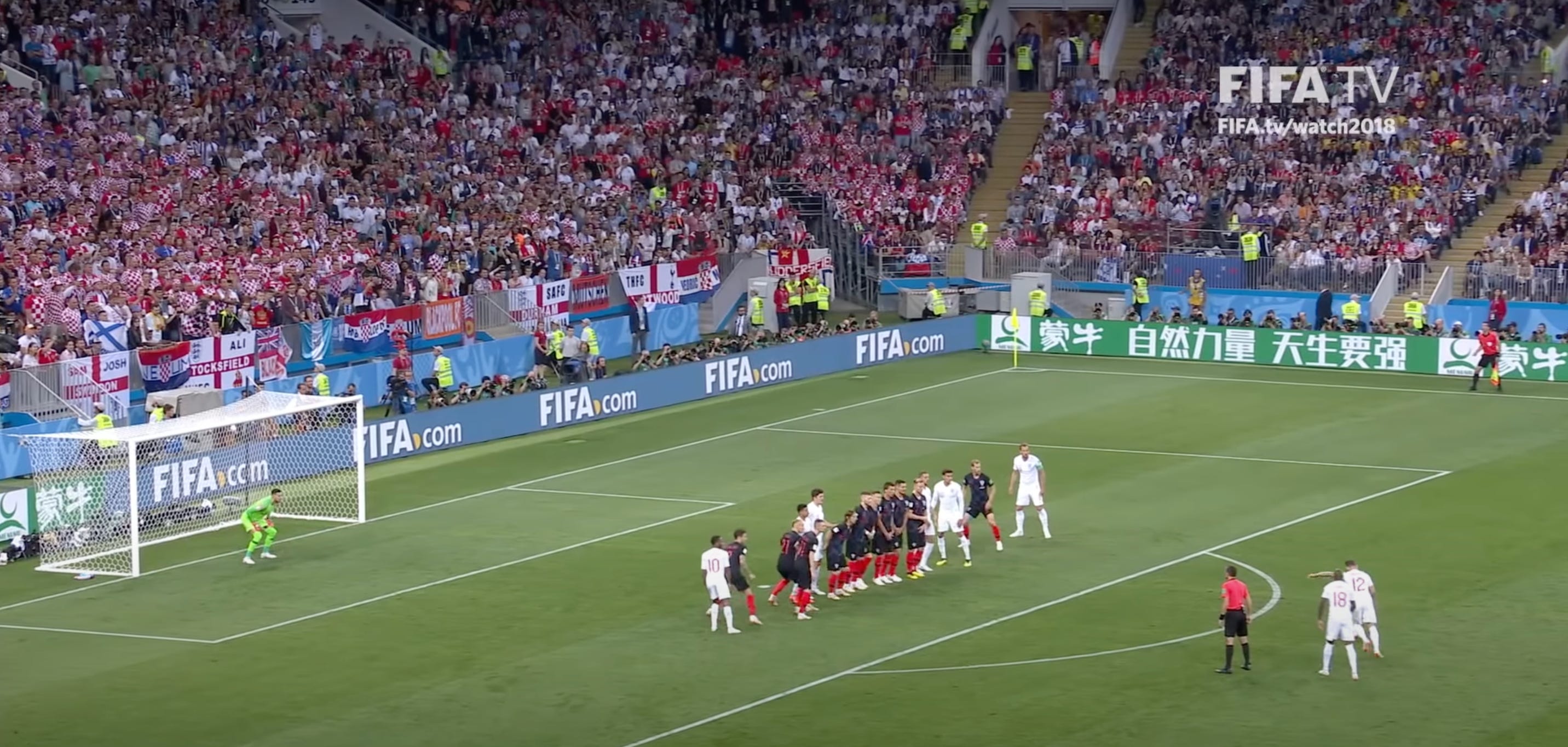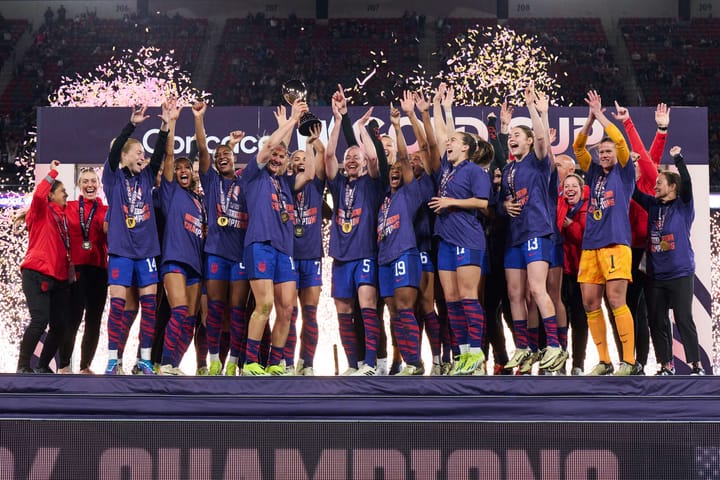Will we start seeing more walls like the South Korean men's?
A stunning goal, a bit of ingenuity, and a future trend to watch?

You spend what feels like your whole life watching football and then you spot something that you don’t think you have ever seen before1.
Son Heung-min’s viral and stunning 105th-minute winning goal against Australia in the Asian Cup quarterfinals, on Friday, was breathtaking, for many reasons.
The technique. The speed. The gumption. The decisiveness. The meaning. It all came together. Puro footy.
Perhaps most importantly, though, for South Korea, it also sealed a 2-1 extra-time comeback and a spot in the semifinals. Keeping alive the boy Reds dream of winning a first Asian Cup since 1960.
However, in the aftermath, I couldn’t stop thinking about the two South Korean players, Lee Jae-Sung and Yang Hyun-Jun .
The duo placed, on their knees, a metre or so in front of the Australia wall. Diagonally off to the side of the right-hand edge of the four Socceroos.
So, why were they there?

Gaining an advantage in football can be as simple as obstructing your opponent in a way that doesn’t break the rules of the game.
What Lee and Yang were able to do on this free kick was prevent Aussie keeper Matt Ryan from seeing the ball. Without knowing exactly when the ball was hit, there are several bonus milliseconds of uncertainty.
If the ball comes into the goalkeeper’s eye-line later, moving first behind the wall, then the goalkeeper will start moving later, reacting to what they see, which will in turn allow less time for them to get in between the ball and the back of the net. That delay is massive in a game of milliseconds.
Often goalkeepers will position themselves in a spot that allows them to launch in a direction they think the ball has been hit. This could leave slightly more space in one side of the goal, as they weigh which is the favoured side the kick taker likes to bend the ball into.
This in itself is not a new idea. Meddling with the wall has been common for over a decade. Loading up the edges of the wall to make vision harder for keepers has been a trend too.
Former Holland international Pierre Van Hooijdonk noted this at the 2018 men’s World Cup, when analyzing England’s extra players tucked onto the edge of attacking walls.
"The goalkeeper's view is enormously influenced, he said on Dutch television. “Almost all teams, in addition to the wall set up by the goalkeeper, also put players in the wall themselves. For example, the goalkeeper's view is extremely poor and he has to often take an extra step to see it clearly. Especially when the ball is kicked with such speed and precision, you are always too late as a goalkeeper."
Sometimes, as seen in Kieran Trippier’s free-kick against Croatia, almost every player on the pitch was lined up in the wall to make the connection and trajectory of the ball as hard to predict as possible.

But what makes South Korea’s two-person mini wall so ingenious is how it solely focuses on the sight of the ball. It doesn’t commit too many extra bodies. This is especially helpful on a wider free kick, when a cross is a viable option for creating a good chance.
Lee and Yang both are low to the ground, with their knees on the pitch and the rest of their legs stretched out across. Almost as if they were stopping a boundary in cricket. This maximizes the amount of blocked vision. By crouching, rather than standing, they are also not adding height barriers.
Since Jurgen Klinsmann took over as head coach of South Korea at the start of 2023, they have scored three direct free kicks (two during this very Asian Cup and one in a friendly).
All three used the two-person crouched ball block strategy. The trio of dead-ball curlers also all followed the natural bend of the kicktakers’ preferred foot. Right for Son, and left for Lee Kang-in.
Lee Kang-in, South Korea 3-3 Malaysia | 25th Jan ‘24

Son Heung-min, South Korea 2-2 Colombia | 24th Mar ‘23

What will be fascinating to watch is whether this remains a successful quirk of the South Korean men’s national team. Soon could come a day when two-person vision blockers are deployed around walls all over the world’s game.
From the NWSL to the Chinese Super League, to LigaMX Femenil, to the CAF Champions League. Footy trends are a curious bread.
Yes, this recipe also will call for an expert dead ball specialist. Of which, Son and Lee are top-tier ball strikers. But I’m excited to make notes of all the ways we see direct free kicks evolve. And the niche tactics to help out our most gifted players.
Apologies to all the heads out there who have been noticing this wall strategy for far longer than I have. Nobody is perfect. This was just my sight of it. And maybe it has an origin story. HMU Korean writers out there. ↩




Comments ()